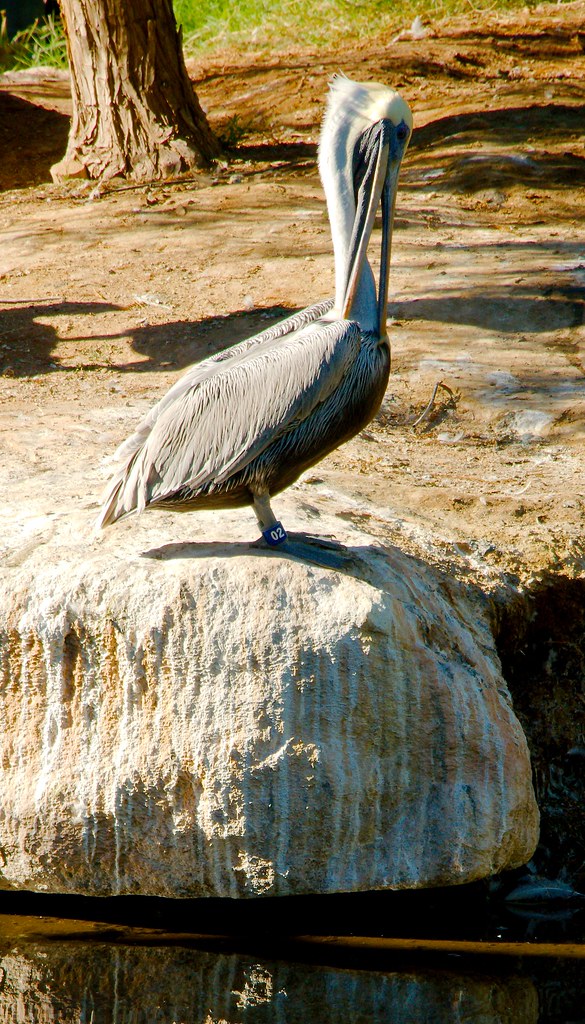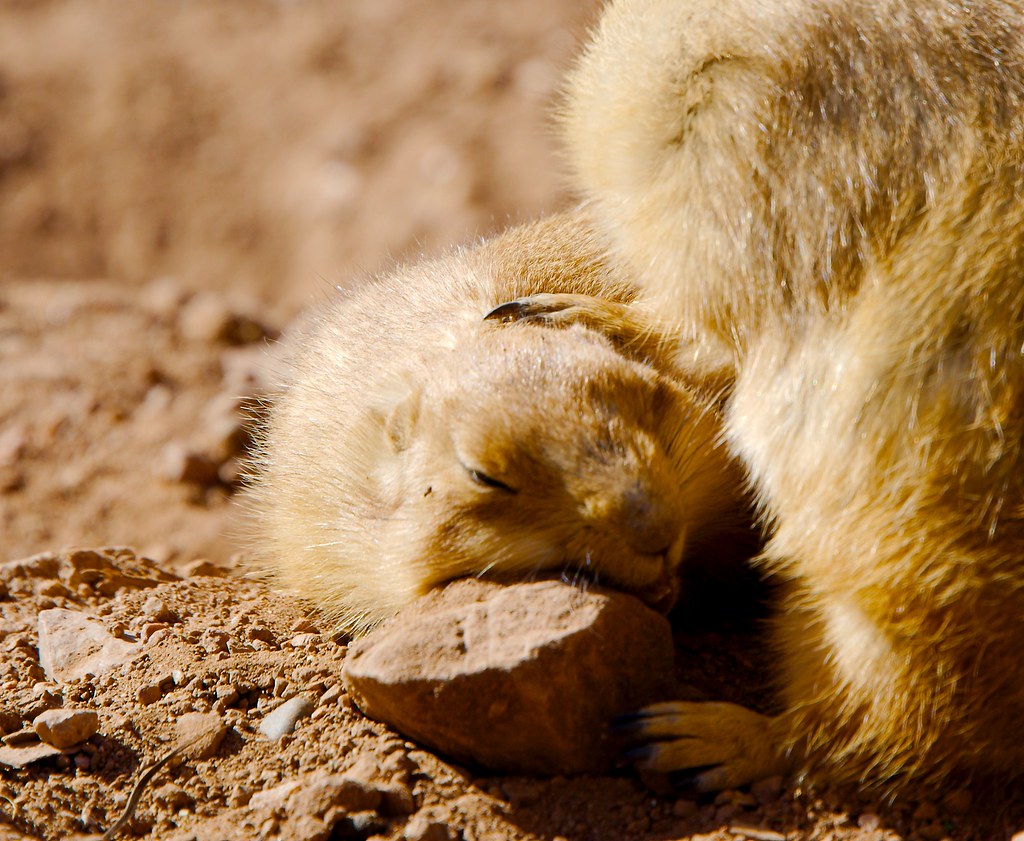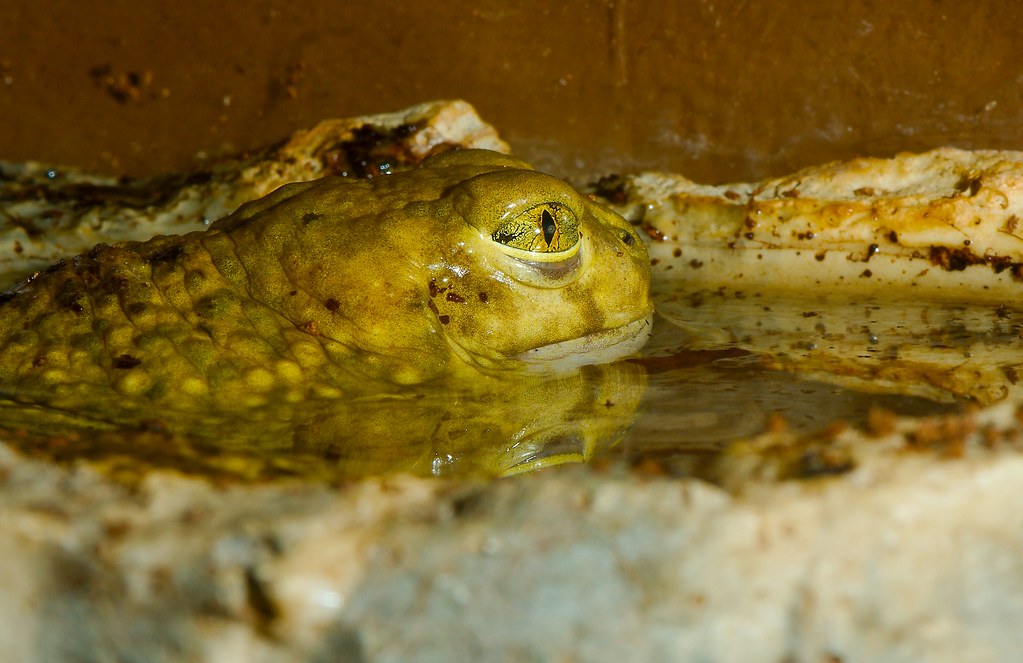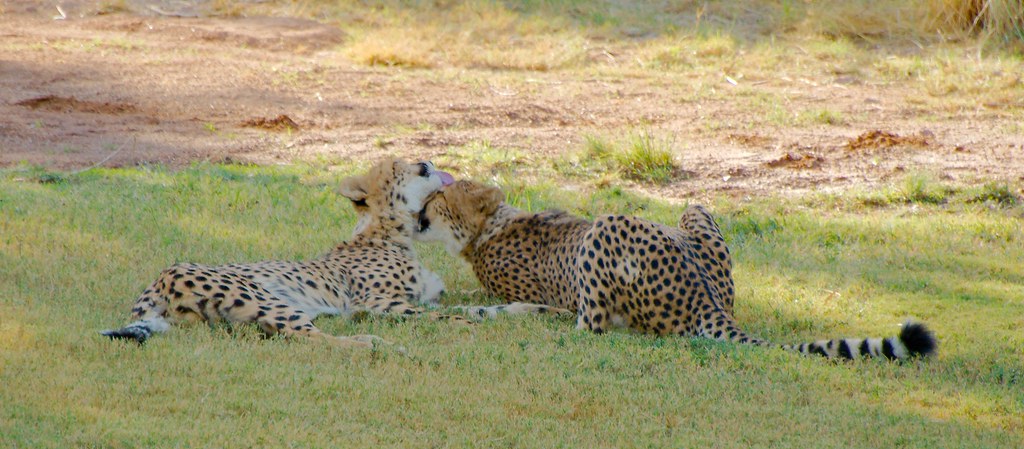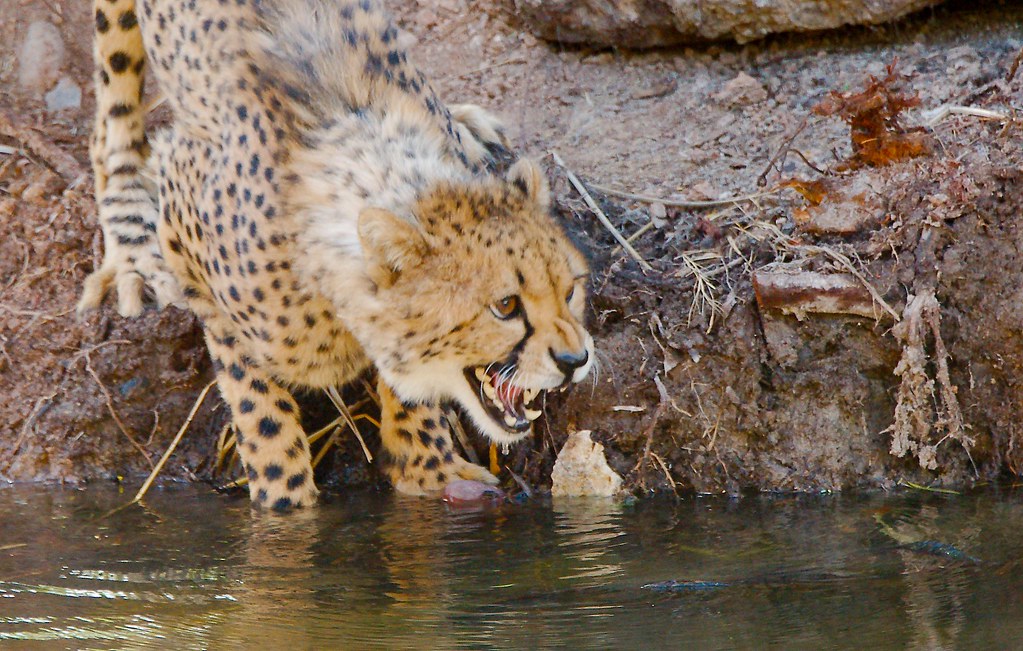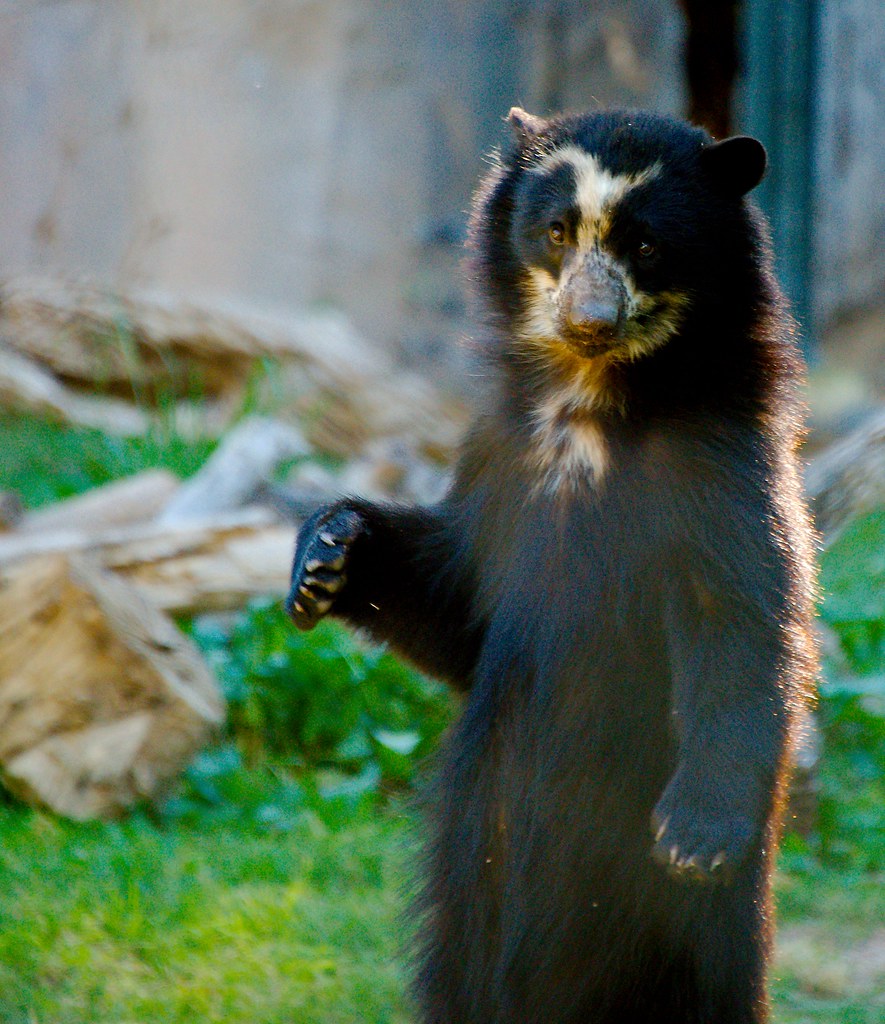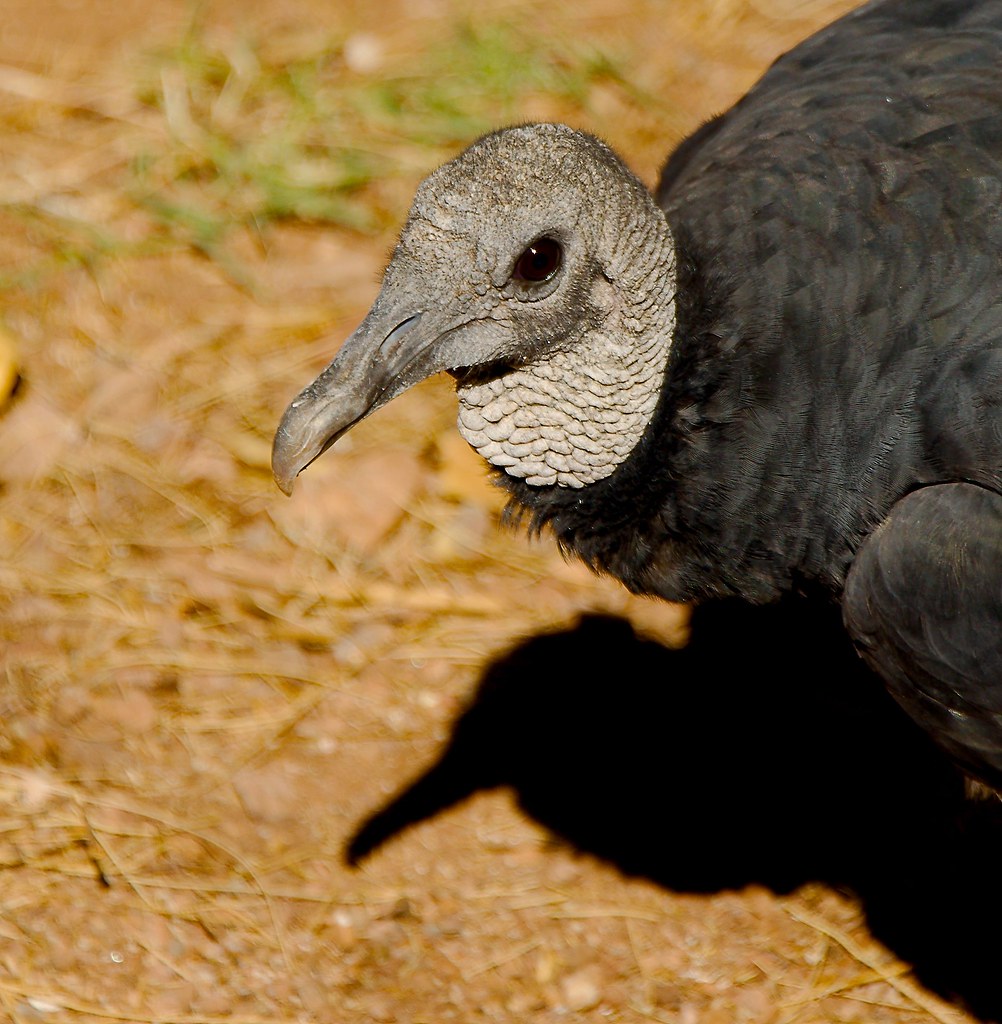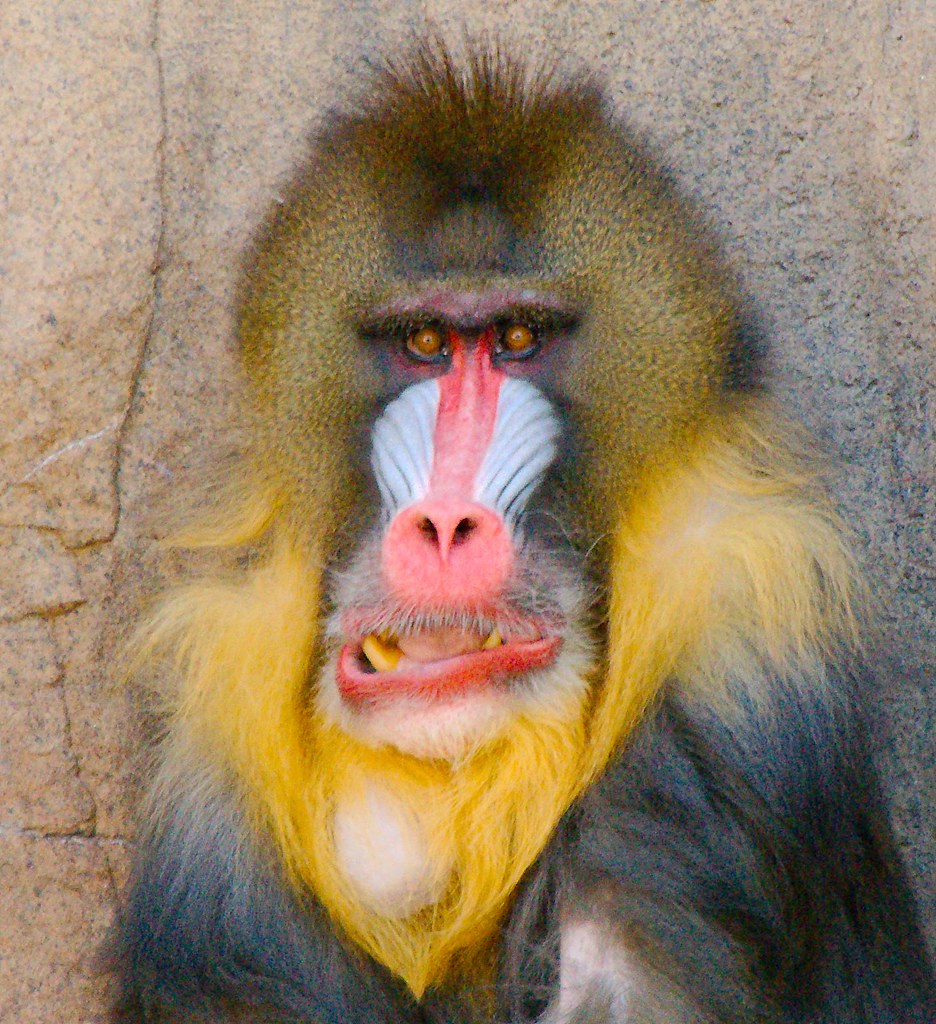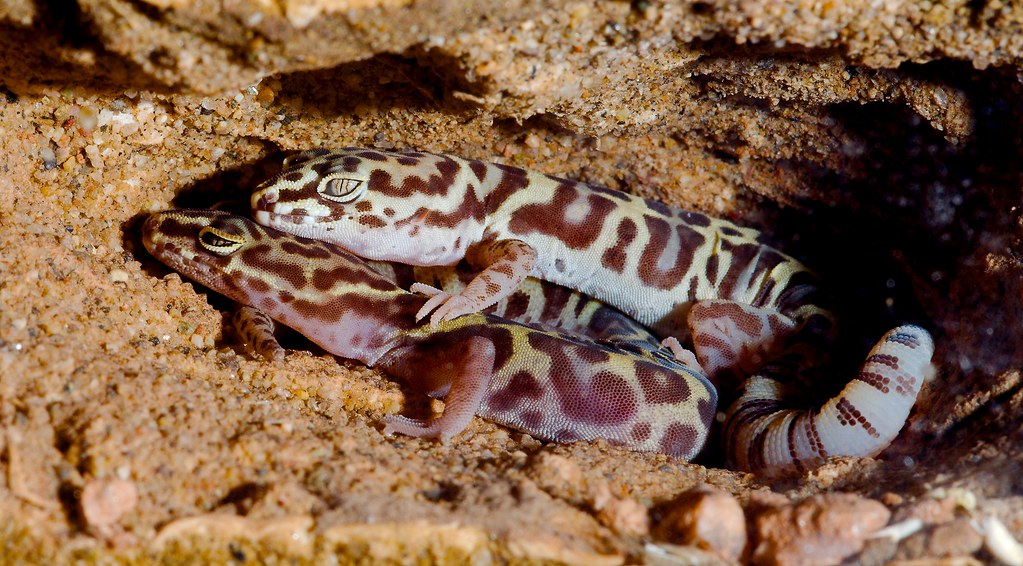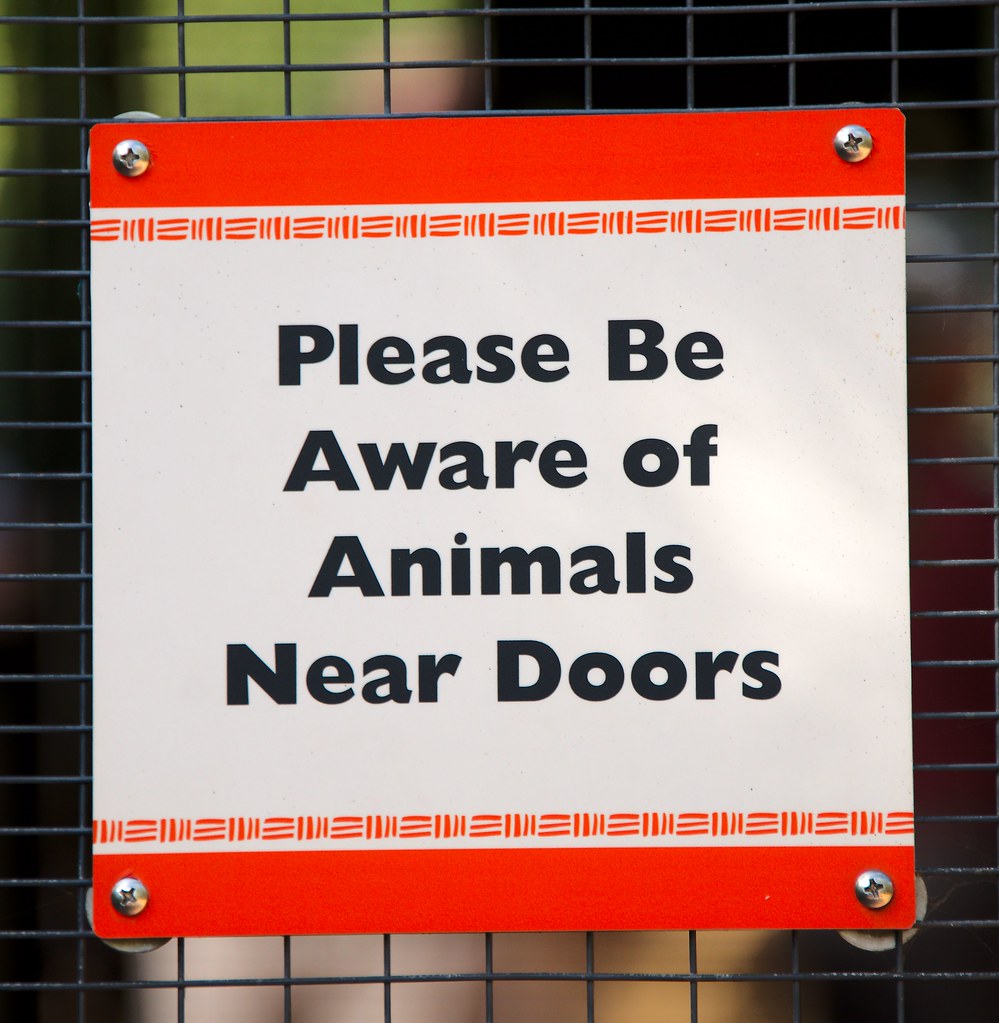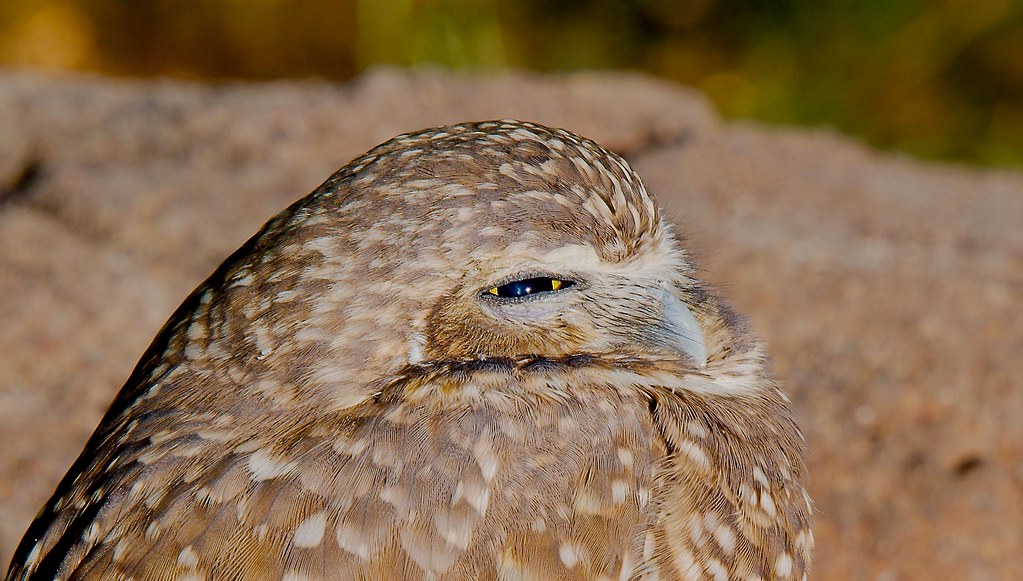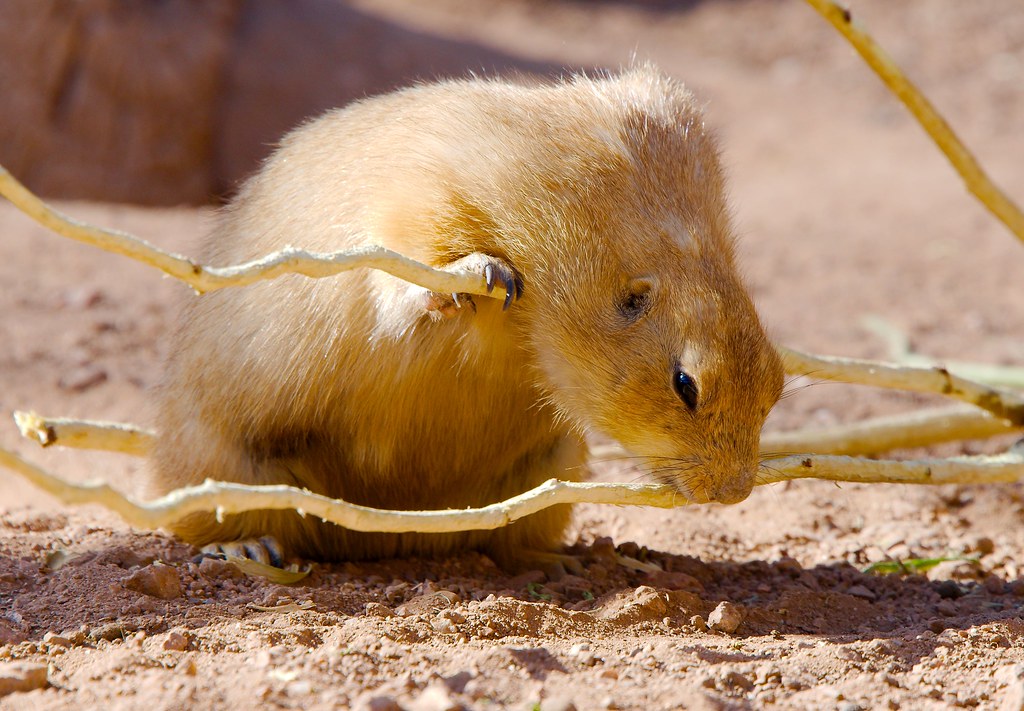Tag Archives: Phoenix Zoo – Phoenix
Cheetah (Acinonyx jubatus)
Prairie Dog performing Cymbeline
Couch’s Spadefoot Toad (Scaphiopus couchii)
Cheetah (Acinonyx jubatus)
Golden Breasted Starling (Cosmopsarus regius)
Cheetah (Acinonyx jubatus)
Spectacled Bear (Tremarctos ornatus)
Black Vulture (Coragyps atratus)
Mandrill (Mandrillus sphinx)
Western Banded Gecko (Coleonyx variegates)
Sign
Ground Snake (Sonora semiannulata)

If you think about it, since snakes lay eggs that are much smaller than the actual snake, very tiny snakes must be what hatches out of them. However, until a little snake like this, it’s really hard to understand. This snake could fit inside a regular fast food straw. It’s long and curly but, really really tiny. The Internet suggest they can grow to about a foot in length, and this critter was about six inches long, so it was half grown … which means it started even smaller.
That’s right, you’re living in a world full of little teeny tiny snakes that you never even see.
Burrowing Owl (Athene cunicularia)
Jaguar (Panthera onca)
Prairie Dog performing Richard II
Throwback Thursday
Cactus Mouse (Peromyscus eremicus)
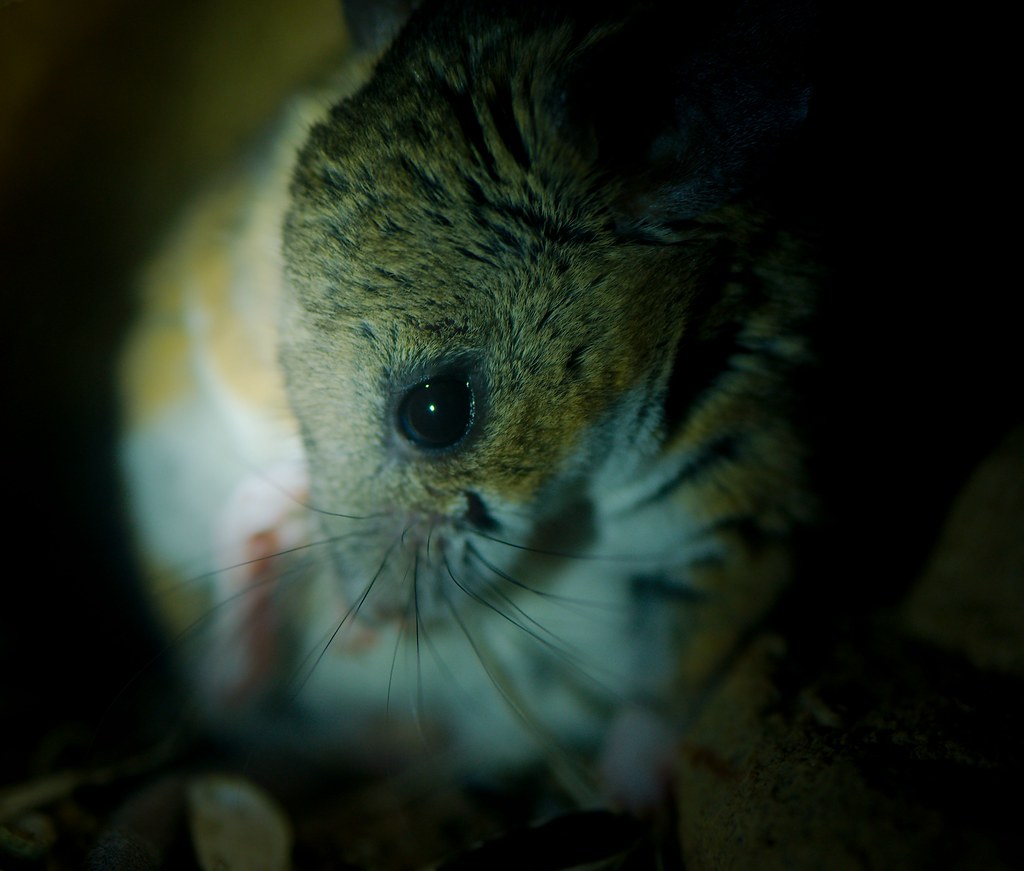
This is not a great photo, for which I apologize. It is, however, illustrative of a common difficulty I face when doing my photos. This mouse is nocturnal. While fairly abundant (most rodents are doing OK), unless you like to go out in the desert and either trap them or destroy cactus to get to them, you’ll never see one. I did see some desert rats, but they move much too fast in very low light to get a photo. So this is the best you can get.
Nocturnal exhibits are tricky. I generally try to avoid flash except at the very lowest power (and for highly sensitive animals, no flash at all). However, it’s often too dark to even focus. So, to get a shot, you have two choices. You can either go for a narrow aperture to maximize your depth of field (how much of the animal is in focus) and really blast it with light, or you can open the lens up, which makes the focus plane very narrow and go with little light. Blasting an animal with light is potentially cruel to the animal (depending on how their eyes or eye-like features are constructed), can stun it into non-normal behavior (making the photo less interesting) and, in zoos, cause a lot of glass bounce. If you take the other approach, focus can be hard, as you’re not working with much light either to begin or end.
In this case, I used a flashlight technique. I used a flashlight on low power, in a glancing orientation so it didn’t hit the mouse’s eyes, to set the focus on the camera (on a tripod). Then, I set the camera to take several photos in rapid succession, and just swept the flashlight beam across the mouse fairly quickly. Then, it’s just a matter of choosing the best image.
It may not be the world’s best photo of a mouse, or even of a cactus mouse. I don’t think it stands on its own (hence this long-winded explanation). However, I think it captures the intimacy of the burrow without hurting the mouse, which was the core goal.
Saharan Horned Viper (Cerastes cerastes)
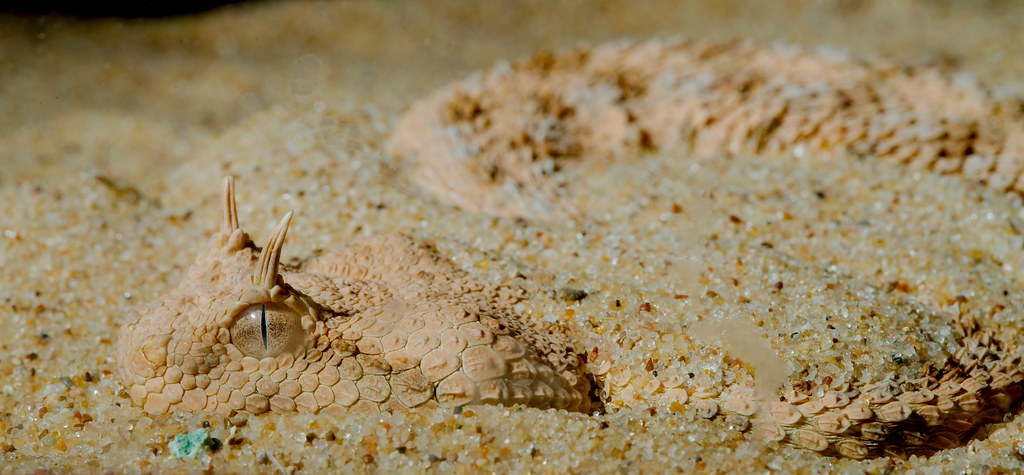
Wikipedia states “In the wild they are typically ambush predators, lying submerged in sand adjacent to rocks or under vegetation. When approached, they strike very rapidly, holding on to the captured prey (small birds and rodents) until the venom takes effect.” I’m going to go out on a limb and say that it’s probably a fairly effective strategy.
Fennec Fox (Vulpes zerda)

The Fennec Fox is a difficult animal to photograph. They’re rarely on exhibit and, when they are, they like to sleep in a burrow or, in a heap in the back of their enclosure. I’ve taken many a photo of a big ball-o-fox and they always just turn out a bit fuzzy. For this shot, several things had to happen. First of all, I had to be a member of the Phoenix Zoo, because members get in an hour early. This means it’s an hour before kids arrive and bang on the glass, which sends the foxes underground. (If you have kids, don’t let them bang on the glass. If you are a kid, don’t bang on the glass. It’s not fun for anyone.)
Then, the light had to be just right. A fox that’s in shadow isn’t going to come out as nicely and one that’s half in/half out isn’t going to come out at all. Finally, you have to not have any obstacles in the way. This is particularly hard at zoos, because your positioning is often quite limited. To get this shot, I had to use my tripod to position the camera at the very bottom of the glass, focus through a bunch of branches and take the picture. After getting there, and getting this shot, the fox got up and walked away. I had about three minutes to work with, and had I not visited the zoo previously, would never have known the constraints ahead of time and couldn’t have made it.
It was a lot of work, but I think the ears make it worth it. Such awesome ears.
